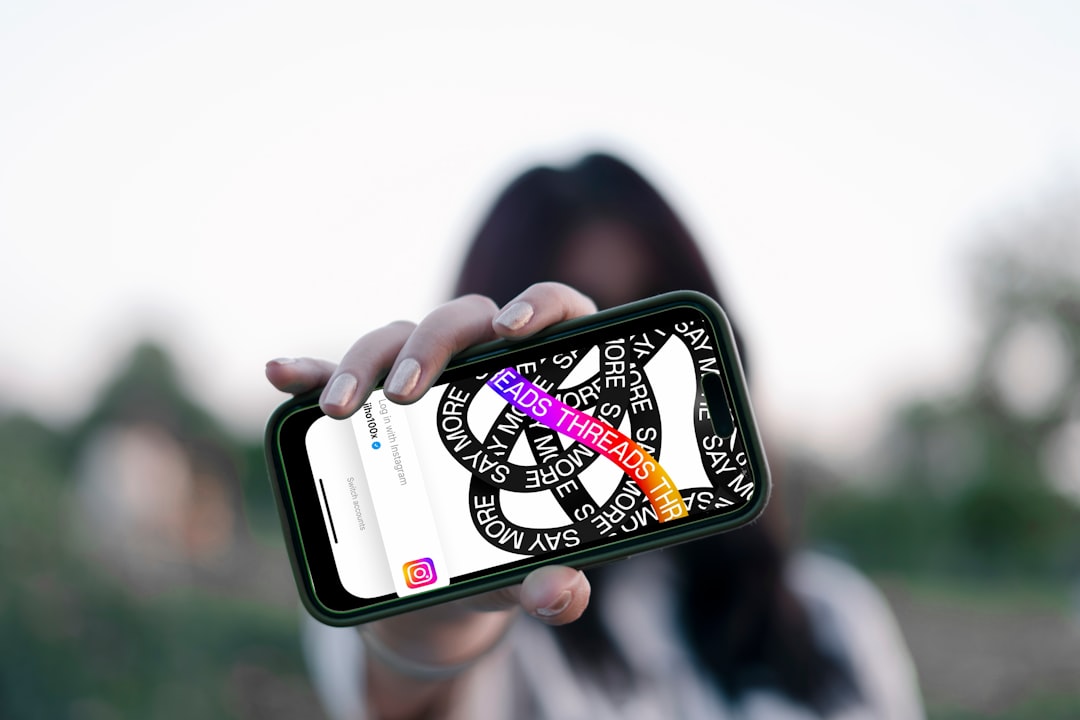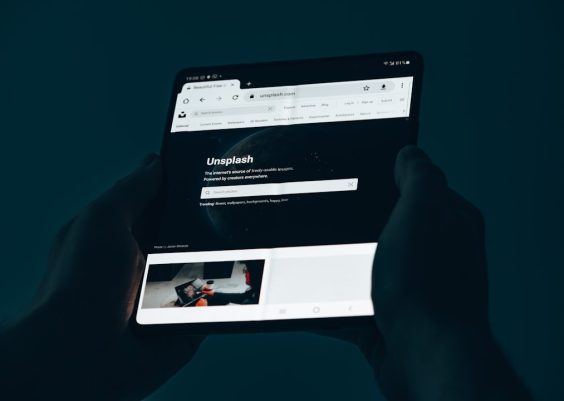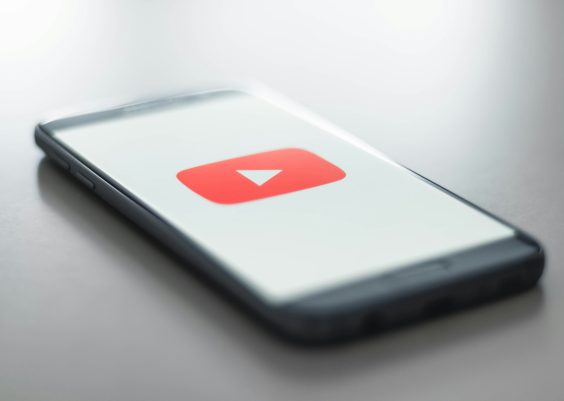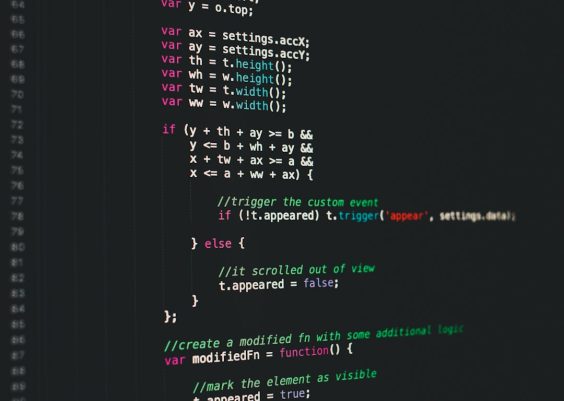The night started like any other. I had slipped into my usual routine of scrolling through TikTok, laughing at viral memes, learning random hacks I’d never use, and occasionally questioning why I didn’t have a pet capybara. But then, everything came to a halt. My screen froze, and a curious little pop-up emerged: “Error Code 400”. At first, I didn’t think much of it. After all, error messages are common in the wild world of the internet. But little did I know, this was not just a message — it was the beginning of a digital identity crisis.
What Is TikTok Error Code 400?
Before diving deep into the psychology of self and Wi-Fi dependence, let’s get technical. TikTok Error Code 400 generally appears when there’s a Bad Request. This is a client-side error, which means that the problem originates from your side — yes, you — not TikTok’s servers. This particular error typically indicates that your device sent data TikTok’s server couldn’t understand or process. Reasons for this can include:
- Corrupted cache or cookies
- Network connection issues
- Outdated app version
- Incorrect system date or time
- An overloaded TikTok server reacting poorly to your request
Understanding this, however, didn’t stop the flood of questions that took over my mind. If error code 400 was just a bad request, why did it feel like it was calling me a bad request?
Step One: Blame the Wi-Fi
Like any sensible 21st-century netizen, my first instinct was to check the Wi-Fi. Was it acting up again? Had the router gods turned their backs on me?
I did the classic routine:
- Turned Wi-Fi off and on
- Restarted the router
- Tested connection on another device
- Stared deeply into the blinking router lights for hidden meaning
Still, TikTok remained inaccessible. The app refused to load any new content. Other apps worked fine, but TikTok had shut me out, apparently due to my bad requests. A subtle but strong sense of rejection began to bubble up.
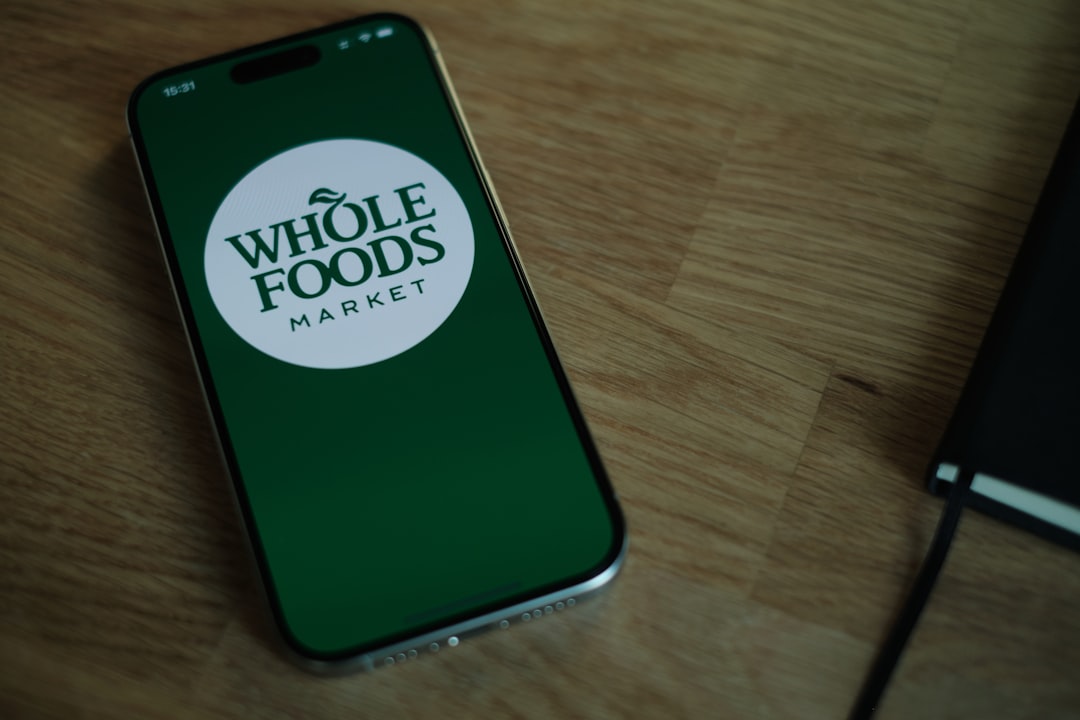
Step Two: Uninstall, Reinstall, Repeat
I decided to purge the app. “Maybe it needs a clean slate,” I told myself. I uninstalled TikTok, cleared the cache, deleted any remnants of its existence from my phone, then reinstalled it with the anticipation of reunion. Yet again, Error Code 400 greeted me like a digital slap on the face.
I updated my phone. I changed my DNS settings. I contemplated switching countries. But nothing helped. I began to wonder: Was TikTok trying to tell me something?
How a Glitch Sparked a Mini Existential Crisis
This temporary TikTok blackout made room for something unexpected: introspection. With TikTok unavailable, my mind wandered. Without constantly scrolling, liking, and swiping, I was left with … just myself. And it was unsettling.
My thoughts evolved from “Why isn’t TikTok working?” to:
- Why do I use TikTok so much?
- Do I even enjoy this constant stream of content?
- Is my attention span irreparably broken?
- What did people do in 1994 when Error Code 400 didn’t exist because TikTok didn’t exist?
It was as if Error Code 400 wasn’t a malfunction — it was a message. A cosmic prompt to re-evaluate how I interact with technology and what I gain or lose from it. Maybe I had become so dependent on fast content and algorithm-based validation that an unresponsive app now felt like a personal rejection.
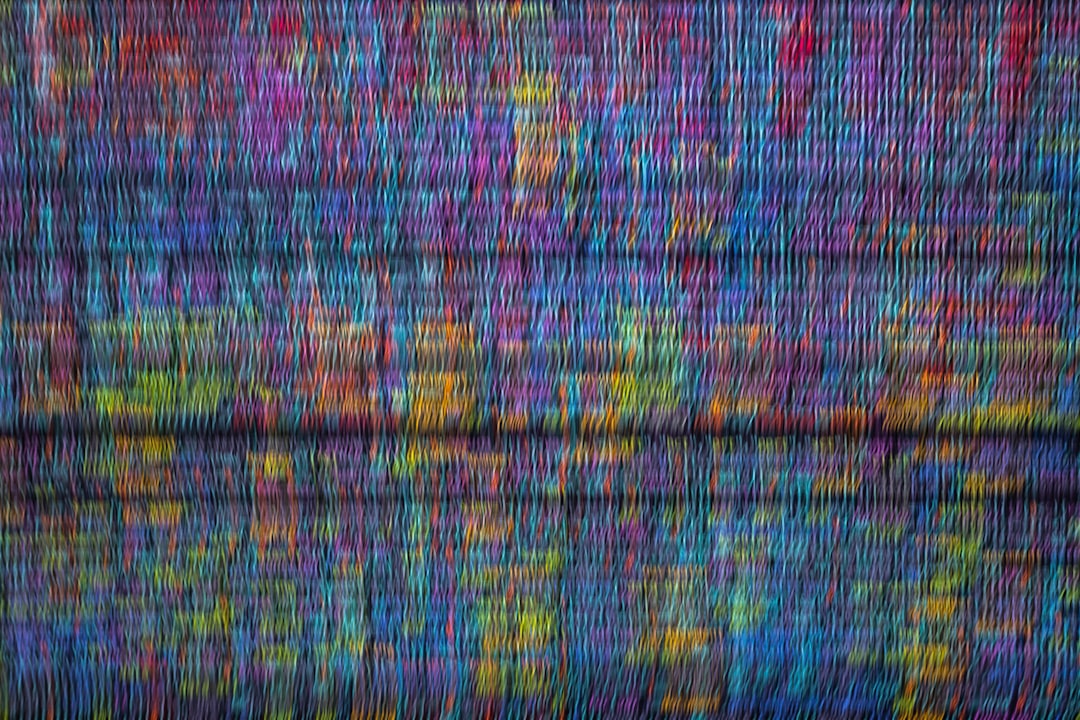
What Could Actually Fix Error Code 400?
Eventually (and don’t judge me), I began researching on Reddit, Quora, and even TikTok itself — on a borrowed device — about how to cure Error Code 400. Turns out, there are some reliable fix-it steps beyond just blaming your router or throwing your phone across the room.
Try These Steps:
- Clear App Cache: Go to your phone settings, find TikTok, and clear its cache and data.
- Log Out and Log Back In: Sometimes the session can get corrupted.
- Use Mobile Data Instead of Wi-Fi: Eliminate network-specific issues.
- Set the Correct Date and Time: Yes, TikTok can be that picky.
- Switch to TikTok Web: If the app fails, try accessing it through your browser.
After three hours of digital soul-searching and technical tinkering, my app finally worked again. No more Error Code 400. Everything I liked, followed, or nearly duetted returned. But I wasn’t the same.
What I Gained from Losing TikTok
When TikTok finally decided to let me back in, it wasn’t as euphoric as I expected. I scrolled less. I clicked more discerningly. I even ventured outside and touched grass (yes, literal, physical grass!).
Here’s what this strange episode taught me:
- Digital glitches can be growth opportunities
- We shouldn’t rely on a single app for entertainment, validation, or connection
- Sometimes, disconnecting is the reset button your brain needs
Sure, TikTok went from being my daily dopamine dispenser to a digital ghost town thanks to Error Code 400. But it also nudged me into a healthier relationship with my screen time. And for that, I begrudgingly thank the glitch.
Conclusion: More Than Just a Bad Request
Error Code 400 isn’t TikTok’s most menacing bug. It won’t delete your account or leak your secrets. But it is wildly good at making you reflect on your digital behavior. Whether you’re a casual viewer or a content creator, sudden glitches like these act as accidental reminders to look up from the screen and realign with the analog world.
So the next time you get slapped with Error Code 400, don’t just panic-refresh your screen. Maybe take a breath, step back, and see what life looks like without a filter. Because sometimes, what feels like a bad request might just be a good reminder.
